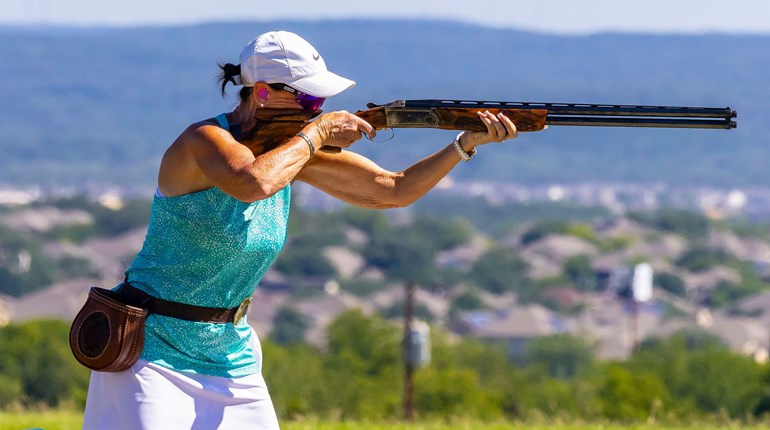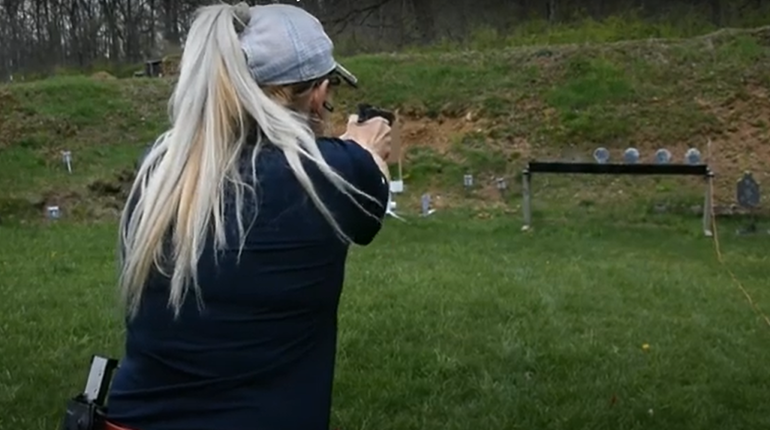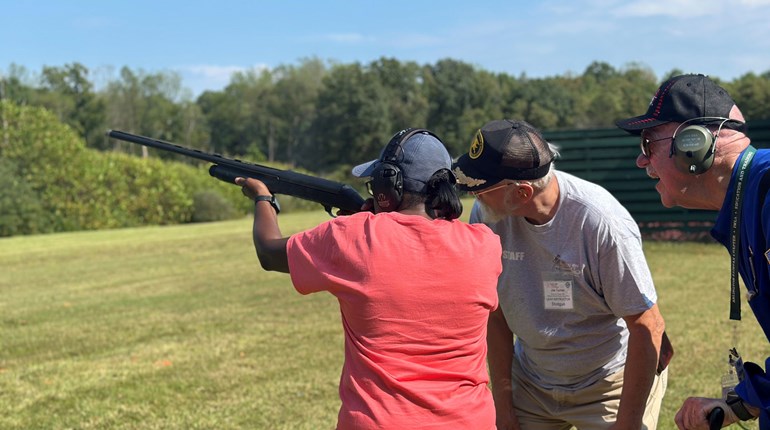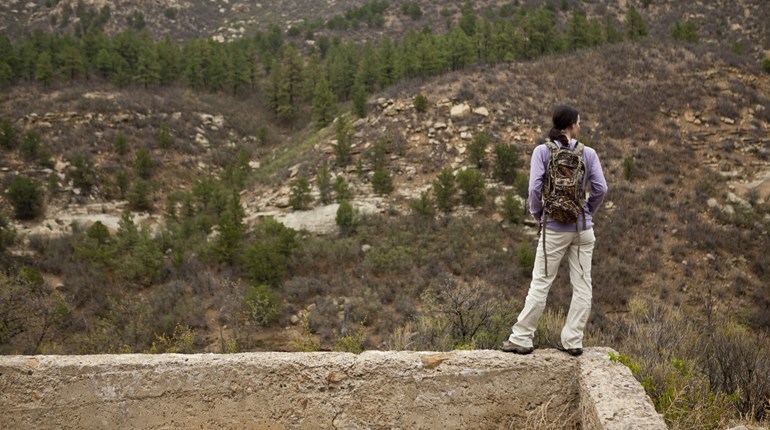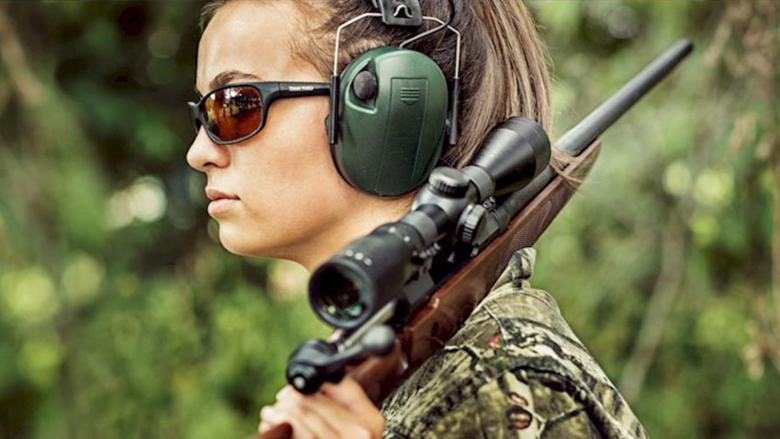
In 1981, the Grayson/Stein study videotaped randomly selected people walking through one of the highest assault areas of New York City (they didn’t know they were being watched). They then showed the video to a group of inmates who had been convicted of assaulting strangers, and asked them to identify the people on the video who would make easy or desirable victims. What’s interesting is that the same victims were chosen over and over by different inmates—clearly they had something in common that screamed “easy victim,” but what was it?
It wasn’t necessarily demographics—though older men and women were chosen more frequently than younger people, the inmates passed over some small-framed women in favor of larger men. Why? Race, size and gender didn’t seem to play a role. Even the inmates couldn’t always put into words why they selected a particular person, but the selections were remarkably consistent. When the researchers did an in-depth analysis of the video, they discovered what the chosen victims did have in common: the way they moved. Yes, there were many similarities in how people walked that flagged them as easy victims. What are they?
Stride Length
We all have a natural stride length, depending on our height. People who were selected as victims had an abnormal stride—some abnormally long, but some abnormally short. They tended to drag their feet or shuffle. People the inmates passed over, who were considered “not victim material,” walked smoothly and naturally, heel-to-toe.
Pace
Inmates tended to choose victims who walked at a different pace than non-victims—usually slower than everyone else around them, but sometimes faster. Moving slowly can indicate that they are lost or distracted, have no purpose or don’t know where they’re going next. On the other hand, moving faster than others can project nervousness or fear. Hurrying, which is often accompanied by an unnatural stride as you rush, gives an indication that someone is desperate to get somewhere and probably focused on where they’re going, not what’s happening around them.
Fluidity and Coordination
Victims moved awkwardly in general. Some wavered side to side, some were jerky, and some walked unilaterally. What’s that? Think of when you walk and you step forward with your right leg; your left arm generally swings forward while your right arm swings back. That’s moving contralaterally, and it’s the natural way humans walk. It implies strength, coordination, confidence and balance. If you do the opposite—the same side arm and leg move forward and back together—you are moving unilaterally and, according to this study, giving off victim vibes. In general, the chosen victims in the Grayson/Stein study gave off a sense of being uncoordinated.
Posture and Gaze
The inmates tended to choose victims who exhibited slumped posture, which implies weakness or submissiveness. Gazing at the ground was also a victim signal—not only does failing to make eye contact with anyone make you seem submissive, but it also is a pretty clear indication that you’re not paying attention to what’s going on around you. Cell phones weren’t a common thing in 1981 when this study was conducted, but I would expect that having your face buried in your phone as you move through the world would fall into this “downward gaze” category, too.
How Should You Walk?
Did you notice a common denominator among all the characteristics of a “victim’s walk?” They were all unusual or made the walker seem outside the norm in some way. The potential victims drew attention to themselves by standing out from the herd, so to speak. The non-victims moved naturally, smoothly and confidently. They blended into the crowd around them, and their movement projected balance, coordination and awareness. These qualities consciously and subconsciously imply a person’s willingness and ability to fight, and the inmates tended to avoid these people presumably for that reason.
Certainly, changing how you walk won’t automatically keep you safe from all danger, and many people deal with physical limitations that don’t allow them to move as naturally and fluidly as they might want. But to the extent that you’re able, moving smoothly, looking around you (not down), avoiding exaggeratedly short or long strides (for your height), moving with a purpose so that you’re not overly slow or in a hurry, and keeping pace with the crowd can help you project an aura of confidence that signals to would-be criminals that you’re not an easy victim.
In other words, try to remain relaxed and walk naturally, with your head up. Blend in rather than drawing attention to yourself with an outside-the-norm pace, stride or posture.
—Jo Deering













